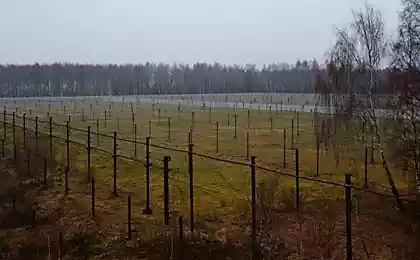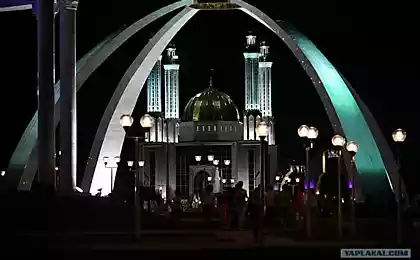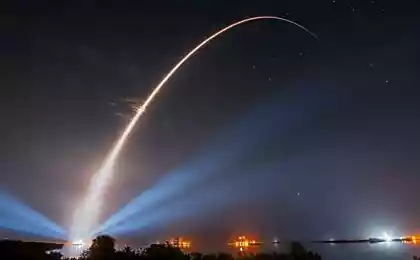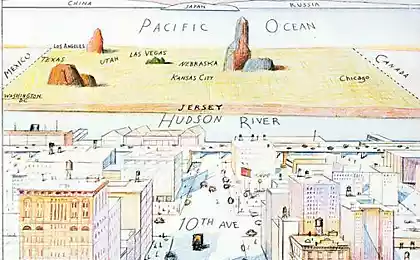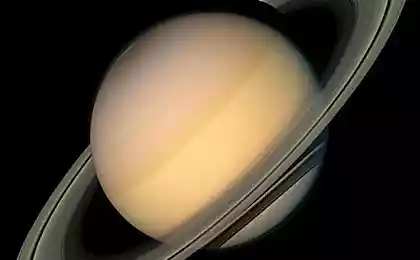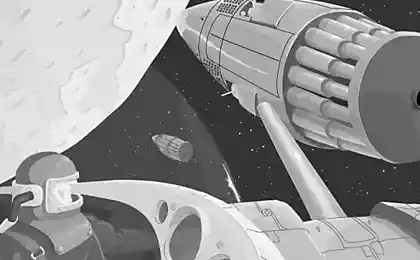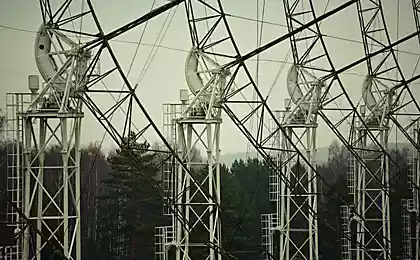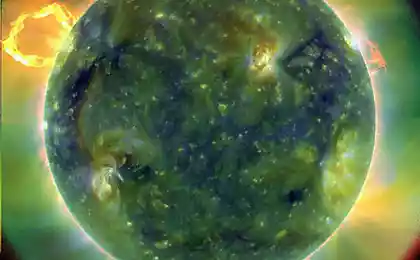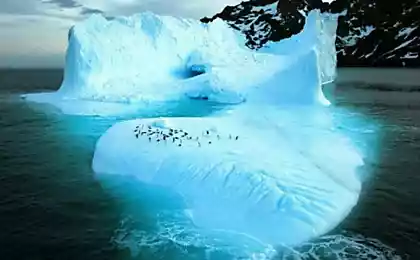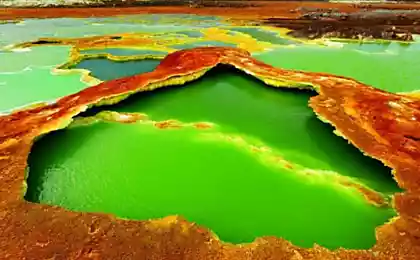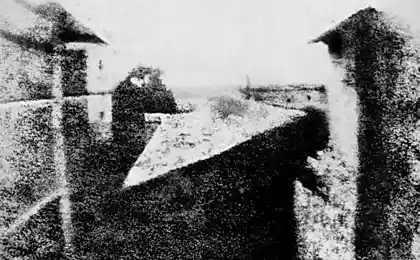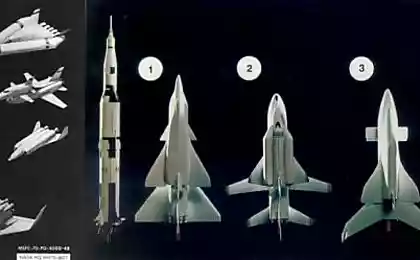We used to see the world in the optical range and hear in the audio. Everyone knows that the bat sees in the dark thanks to ultrasonic locator. There are a variety of devices that enhance human abilities of perception - this applies all the instrumentation. It displays all sorts of physical processes in a graphical or audio form, accessible to man.

Technical Specifications h4>
This installation is a two-coordinate scanning device. It has a range of 10 GHz, at these frequencies operate TV satellites. Originally planned to take a photo of the geostationary orbit. In addition to this it was interesting to see the sun, as well as, from the category of children's curiosity wanted to know whether to be visible to the moon and, in general, what is in the picture.
The device used parabolic mesh antenna, converter on the range 10-12 GHz, two-axis rotary device with a specially designed control panel, write a program to control PTZ. To digitize the level of the fee collected logarithmic level converter AD8313, the ADC MAX1236, controller, transmitting information in a COM-port. The program controls the rotary device receives data from the ADC, adds to them time and fiducial marks and saves to a file. The image is based on a simple but necessary algorithms, because coordinate accuracy - 1 degree, and the data are presented at 10 readings per degree. Because in our case, the plate rotates horizontally, the horizontal resolution of approximately 10 pixels per degree, and vertical 1 point per degree. Full panoramic shot with a 360 degrees wide and 90 degrees altitude is about a half hour. With the power converter can receive radiation with different polarization separately and get a different image. These black and white images can be in one color, thanks to satellites appear colored. Few realize this, but the parabolic system with a head at the focus of the parabola has the opportunity to focus not only on the satellites, but try to focus on, for example, the house next door, so you can get clear pictures in which you can see the frame of the greenhouse, and even though the window frames that the diameter of the parabolic reflector in size considerably exceeds the width.
Example of the telescope h4>
Pictures h4>
Focus h5>
Introducing the receiver from the focus of the parabola, you can focus on different distances.
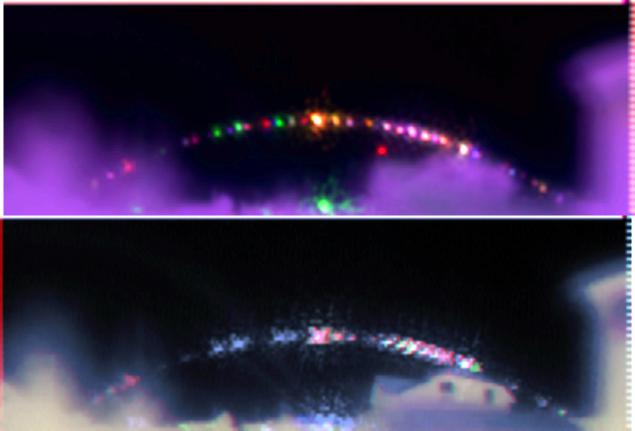
The top image focus on satellites and on the ground - at home, with the satellites have become increasingly blurred.
Aura h5>
Initially, when it was necessary to adjust the operation of the entire system for the datum was adopted Eutelsat36B satellite geostationary orbit at 36º East longitude. When we received a positive result, we made a shot and saw the trees. They were very vague and around them at some distance was visible aura. Later, with the setting and post-treatment in Photoshop and meaningful projections became visible and it is clear that the aura of the trees - a wire power lines.
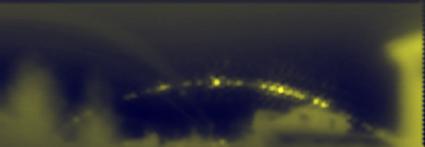
Moon h5>
Everyone knows that the Earth revolves around not only the moon, but more bright object - the sun, as you can see by looking at this animation that displays both the luminaries.

Northern Lights h5>
All who have tried to watch satellite TV in the rain or snow when the sky is just one big dark cloud, know that the quality of the received signal depends on the meteorological conditions. In this case it is obvious that the radio signal from the satellite is attenuated clouds. But there are other factors that affect the quality of reception, for example, the radiation from the sun. We observed that often some time after strong solar flares picture taken from meteorological satellites with very strong noise - it works ionosphere, creating noise.
We took pictures during sunny weather. Naro-Fominsk. Effect occurs after sunset.

In the animation can be seen moving sun.
Flash on earth h5>
Once upon periodic survey were seen long powerful flares, occupying most of the sky. It's hard to get a real instantaneous image, if one picture is taken within 8 minutes, but you can look at the animation made as it was possible.

If you have something to say about the flares, or just have something to add to this topic, please write in the comments.
All images can be found here: meteosputnik.ru/radiotelescope
Source: habrahabr.ru/post/218805/








